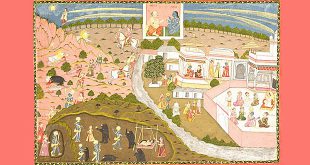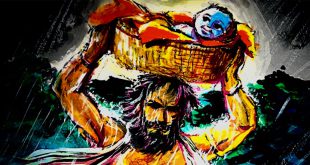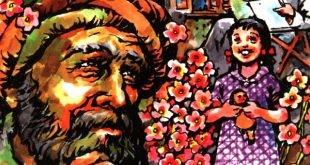 Two shop boys, Joe and Henry, one day passed by one of the village gardens.
Two shop boys, Joe and Henry, one day passed by one of the village gardens.
“Look at that,” said Joe, “what a beautiful big cabbage.”
“That’s nothing,” said Henry, who was something of a boaster. “In my travels in foreign lands I once saw a cabbage bigger than this garden.”
Joe, who was a coppersmith, commented: “It must have been some cabbage. But once upon a time I remember I had to help build a copper that was even bigger than the church.”
“My goodness,” said Henry, “what on earth was it to be used for?”
Joe replied: “To boil your cabbage.”
Henry became very mortified and said: “Now I understand what you mean. Usually you always tell the truth and if you have spoken to me in this manner I realize that it is for my good and that you want me to overcome the habit of exaggerating and of telling lies.”
An honest man’s the noblest work of God.
 Kids Portal For Parents India Kids Network
Kids Portal For Parents India Kids Network






